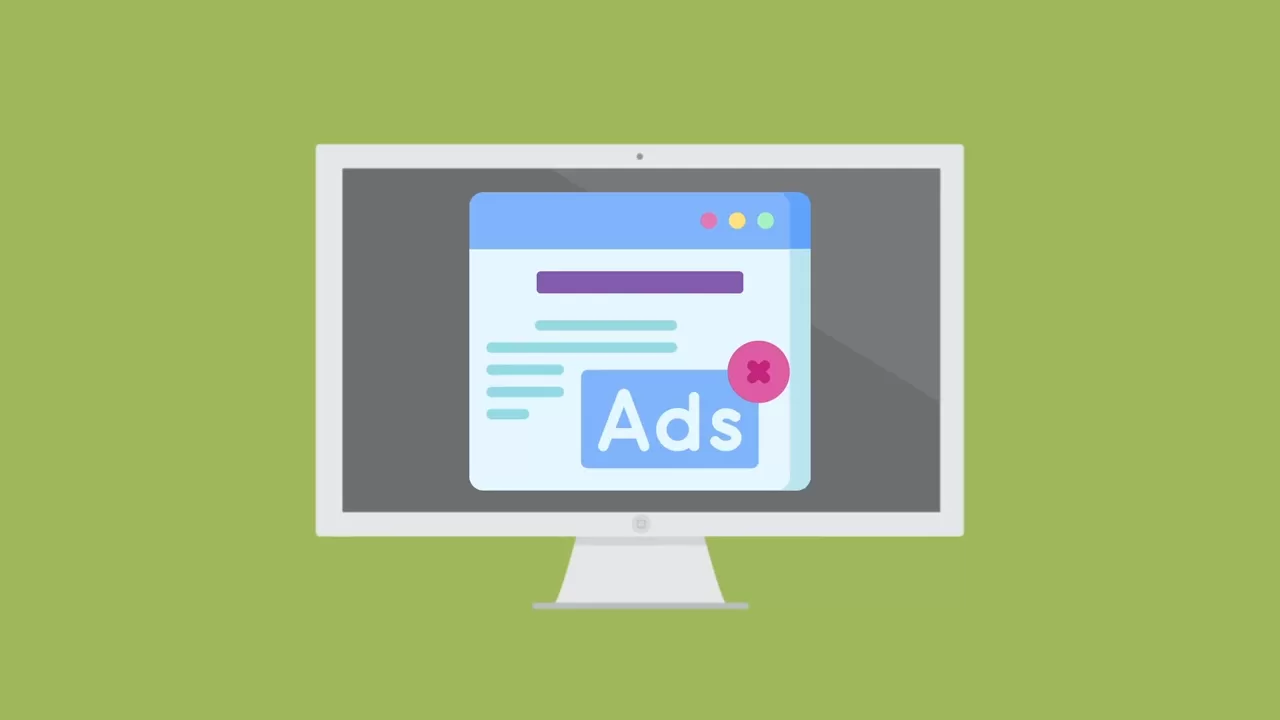Most people scroll past online ads without even noticing them. Pop-ups get closed instantly, banners fade into the background, and video ads are skipped in seconds. Yet once in a while, an ad feels different — relevant, timely, and quietly effective. That’s the magic of context.
Understanding the Idea Behind Smart Placement
Imagine reading an article about travel, and somewhere nearby you see an offer for discounted flights. It doesn’t feel forced — it makes sense. The ad becomes part of the story rather than a distraction.
This idea is at the heart of contextual advertising — an approach that places ads according to the content users are already viewing, not their personal data.

The result is smoother interaction between readers and brands. People aren’t being chased across the web by algorithms — they’re simply meeting messages that fit naturally into what they’re already interested in.
Why Context Still Matters
Relevance drives attention. When someone is deeply focused on a topic, the right message can spark curiosity instead of annoyance. A well-placed ad feels more like helpful information than marketing.

Unlike behavioral targeting, contextual advertising doesn’t depend on tracking or cookies. It aligns with modern privacy standards while still delivering precision. In a time when audiences demand transparency, this method lets advertisers build trust instead of suspicion.
How It Works
Modern systems rely on machine learning to analyze text, meaning, and even tone. They identify what a webpage is truly about, then select ads that match its intent.
For instance, an article about fitness might display gym equipment offers or nutrition tips. The alignment between content and message creates a natural user experience — one that doesn’t feel intrusive.

This kind of targeting also performs well in measurable terms. Because readers already care about the subject, conversion rates tend to be higher and budgets are used more efficiently.
Beyond Sales: Enhancing the Reader’s Journey
Good advertising doesn’t just sell — it supports the content it appears with. When done right, it helps readers discover something genuinely useful or interesting. That’s why publishers often prefer contextual ads: they complement the tone of the website instead of clashing with it.

By matching the surrounding material, these ads turn commercial messages into an extension of the user’s experience, not an interruption.
The Quiet Future of Online Ads
As privacy laws tighten and users grow weary of constant tracking, the internet is slowly returning to a more respectful balance.
In that landscape, contextual advertising feels like a logical evolution — relevant, transparent, and sustainable.
It’s not about shouting louder; it’s about being smarter. When the message fits the moment, people don’t need to be convinced — they simply listen.



